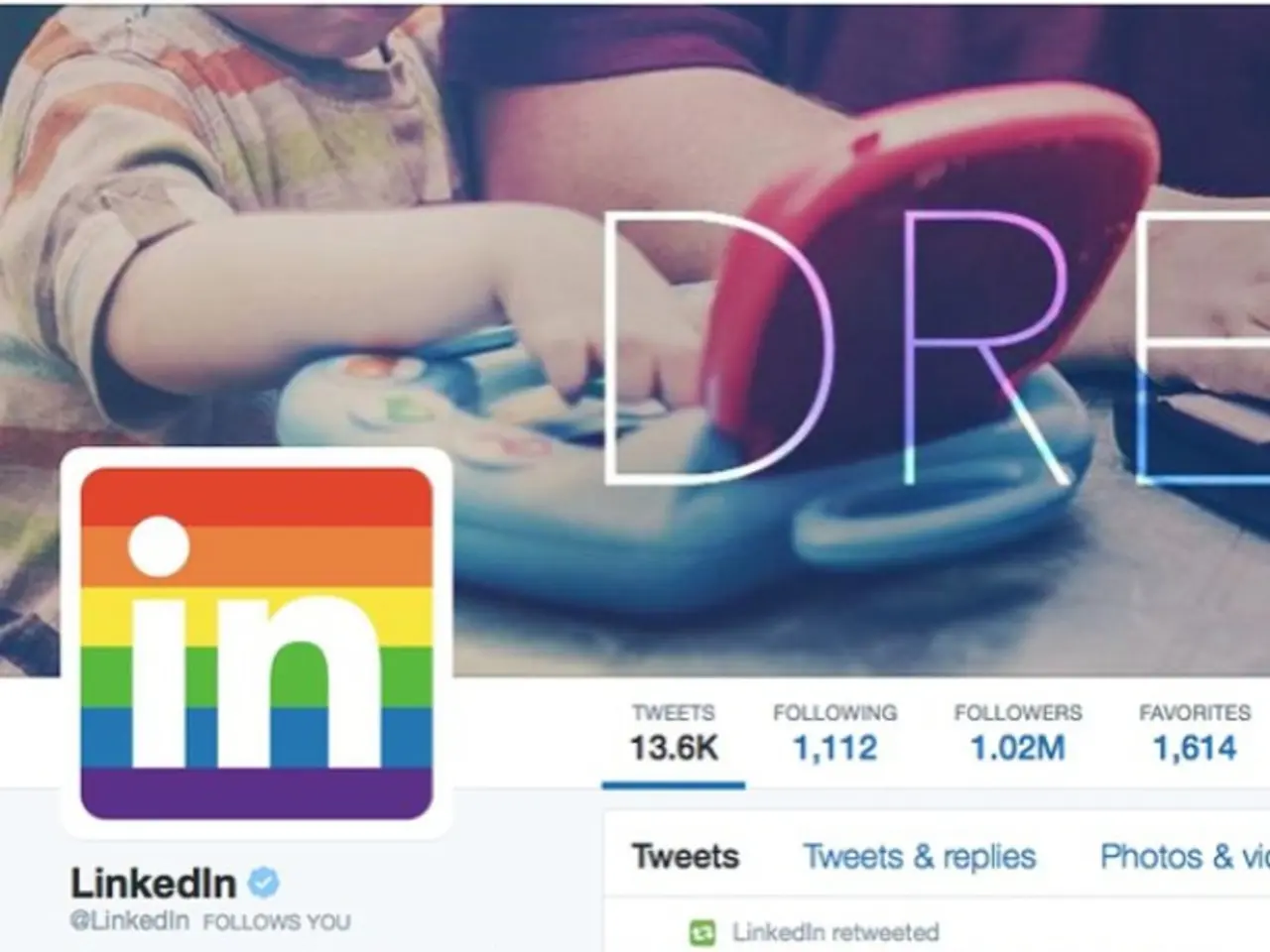Enhance Your LinkedIn Presence: Create a UX Design Portfolio that Engages Potential Clients and Leading Recruiters
In today's digital age, a well-crafted LinkedIn profile is essential for UX/UI designers seeking to attract top recruiters and land their dream job. Here are some key strategies to help you optimize your LinkedIn profile for success.
1. A Clear, Specific Headline
A clear, specific headline is crucial in communicating your role and value. Instead of listing many skills, use a focused headline like “UX/UI Designer Specializing in User-Centered Mobile Experiences” to clearly convey your expertise.
2. A Compelling About Section
The About section is your chance to tell your story, highlight your design philosophy, and showcase your unique value proposition. Use concise, engaging language to help recruiters understand who you are and what you can offer.
3. Showcasing Your Best Work
Showcasing your best work is vital in demonstrating your skills and process visually. Include case studies, prototypes, or links to your online portfolio to showcase your designs and user-centered approach.
4. Incorporating Relevant Keywords
Use relevant keywords throughout your profile, especially in the headline, About, and experience sections. This will improve search visibility without keyword stuffing. Use terms recruiters in UX/UI commonly search for, such as user research, wireframing, interaction design, or usability testing.
5. A Professional Profile Photo and Banner
A professional, recent profile photo and banner reflect your personal brand and make a positive first impression. A clean, clear headshot and a banner related to UX/UI can boost credibility.
6. Engaging with LinkedIn Content
Regularly engaging with LinkedIn content by sharing insights, commenting on industry trends, or posting thought leadership around UX/UI design can increase visibility and connect with recruiters and peers.
7. Using Analytics and A/B Testing
Monitor which profile changes or posts lead to higher views and recruiter interest. Refresh your profile every few months to keep it current and relevant.
8. Connecting and Following UX/UI Influencers and Communities
Connecting and following UX/UI influencers and communities on LinkedIn can help grow your network, learn from leaders, and stay aware of industry opportunities.
By combining a clear, value-driven narrative with strong visual proof of your design skills and active LinkedIn engagement, UX/UI designers can significantly increase recruiter attention and job opportunities.
- To emphasize your specialization in UX/UI design, craft a specific headline that denotes user-centered design, such as "UX/UI Designer Focused on Information Architecture and Interaction Design".
- Showcase your unique design philosophy in the About section, skewing towards education-and-self-development and career-development, while maintaining an emphasis on user experience.
- Integrate professional skill-training certifications or courses in lifestyle development and technology to expand your appeal to recruiters.
- In the experience section, illustrate job-search success stories, highlighting users' interface improvements and design thinking.
- Experiment with UI design by using design elements that stand out in a professional manner, reflecting your creativity and technical prowess.
- To foster a sense of community, participate in design discussions and share updates on your job-search progress to keep your network engaged.
- Engage in ongoing skills-training and self-development to stay updated with industry advancements and trends, demonstrating your commitment to keeping your UX/UI design skills sharp.
- By following leading UX/UI experts and communities, you can learn and network with professionals who, through A/B testing and user research, are expanding the boundaries of design.







